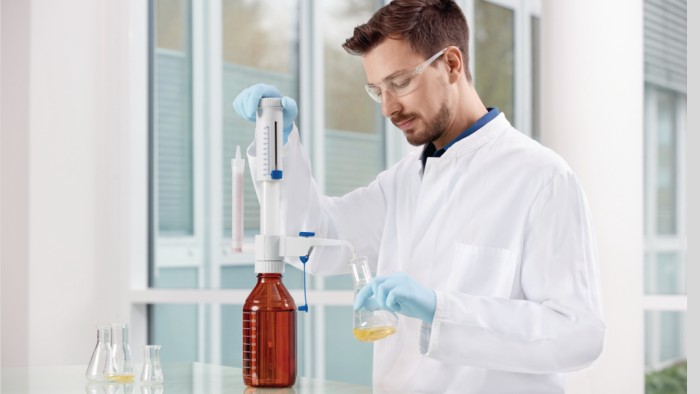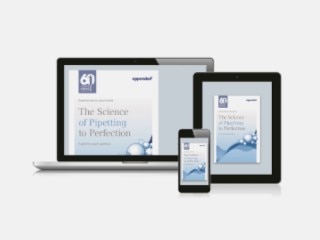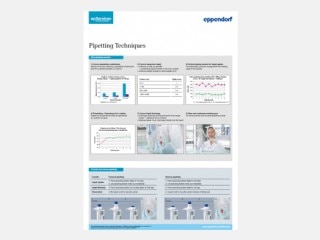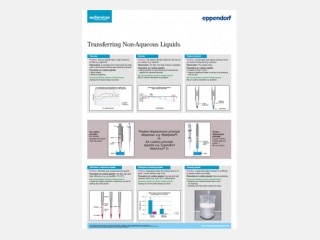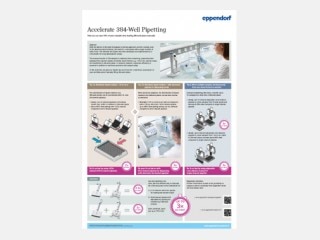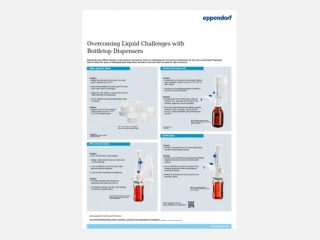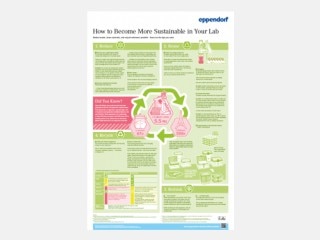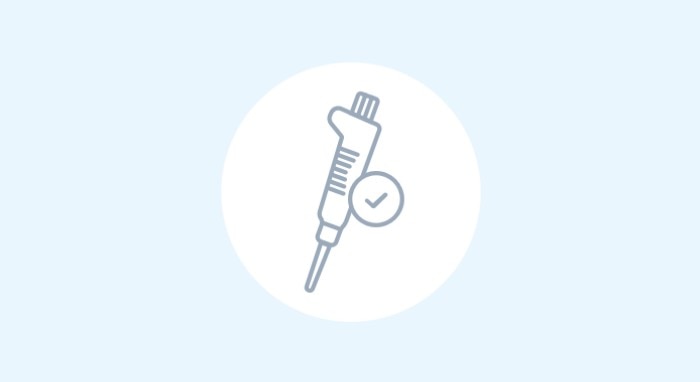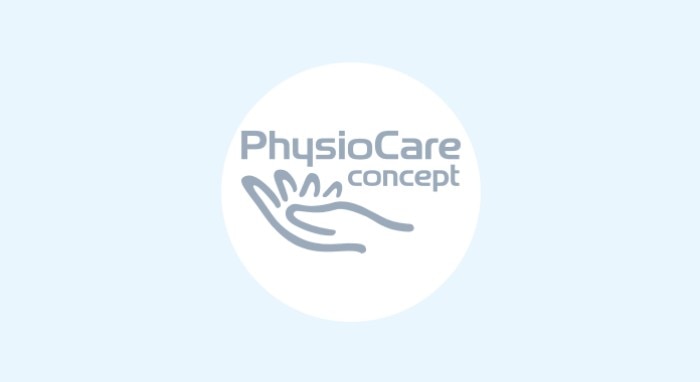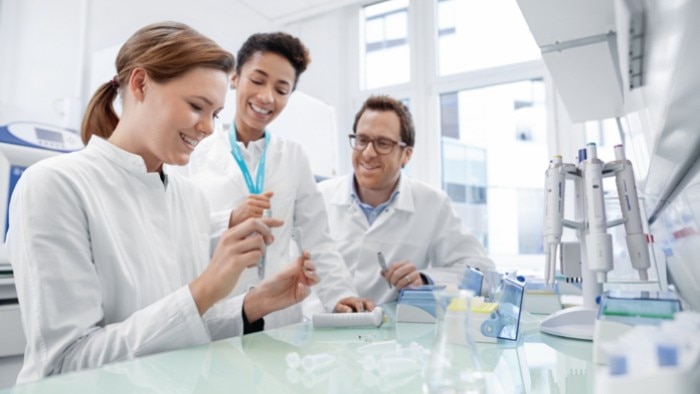-
-
-
-
- Forum Labo 2025
- Advanced Therapies Week (ATW) 2025
- SLAS Europe 2025
- Medlab Middle East 2025
- Bioprocessing Summit Europe 2025
- Biologics World Nordics 2025
- SLAS International 2025
- BioProcess International Europe 2025
- ASIA LABEX: The Lab Show 2025
- ISEV 2025
- Future Labs Live 2025
- Cell 2025
- ASIA LABEX: The Lab Show 2025
-
-
-
-
- Forum Labo 2025
- Advanced Therapies Week (ATW) 2025
- SLAS Europe 2025
- Medlab Middle East 2025
- Bioprocessing Summit Europe 2025
- Biologics World Nordics 2025
- SLAS International 2025
- BioProcess International Europe 2025
- ASIA LABEX: The Lab Show 2025
- ISEV 2025
- Future Labs Live 2025
- Cell 2025
- ASIA LABEX: The Lab Show 2025
-
- Benchtop Centrifuges
- Floor-Standing Centrifuges
- Refrigerated Centrifuges
- Microcentrifuges
- Multipurpose Centrifuges
- High-Speed Centrifuges
- Ultracentrifuges
- Concentrator
- IVD Products
- High-Speed and Ultracentrifuge Consumables
- Centrifuge Tubes
- Centrifuge Plates
- Device Management Software
- Sample and Information Management
-
- All Pipettes, Dispensers & Automated Liquid Handlers
- Mechanical Pipettes
- Electronic Pipettes
- Multi-Channel Pipettes
- Positive Displacement Pipettes & Dispensers
- Automated Pipetting
- Bottle-Top Dispensers
- Pipette Controllers
- Pipette Tips
- Automation Consumables
- Dispenser & Pipette Accessories
- Automation Accessories
- Dispenser & Pipette Services
All Pipettes, Dispensers & Automated Liquid Handlers
Categories
- All Pipettes, Dispensers & Automated Liquid Handlers
- Mechanical Pipettes
- Electronic Pipettes
- Multi-Channel Pipettes
- Positive Displacement Pipettes & Dispensers
- Automated Pipetting
- Bottle-Top Dispensers
- Pipette Controllers
- Pipette Tips
- Automation Consumables
- Dispenser & Pipette Accessories
- Automation Accessories
- Dispenser & Pipette Services
Filter
Reset allIf you have any questions or would like to contact us, please visit the Support Center.
Eppendorf Pipettes & Dispensers
Count on us to provide the right solution for any liquid handling challenge in the lab. To ensure reproducible results, you are dependent on reliable and ergonomic tools. Eppendorf lab pipettes & dispensers are crafted to support you with high accuracy and precision and to allow you to work in an efficient manner while keeping you and your samples safe. Discover
ergonomic design that simply feels good.
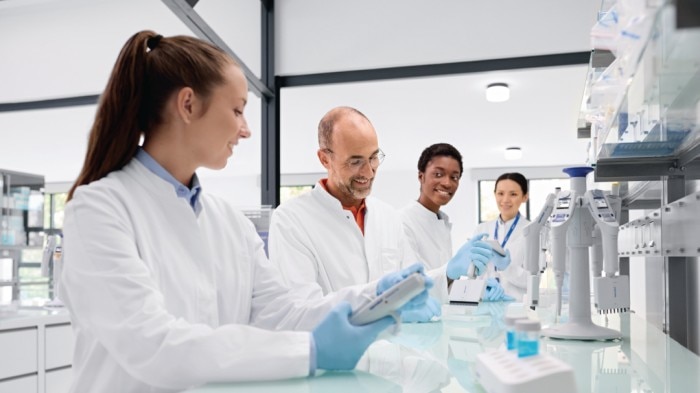
Which Lab Pipette Should You Use?
Read more
Read less
Air-Cushion Principle vs. Positive Displacement Principle
Read more
Read less
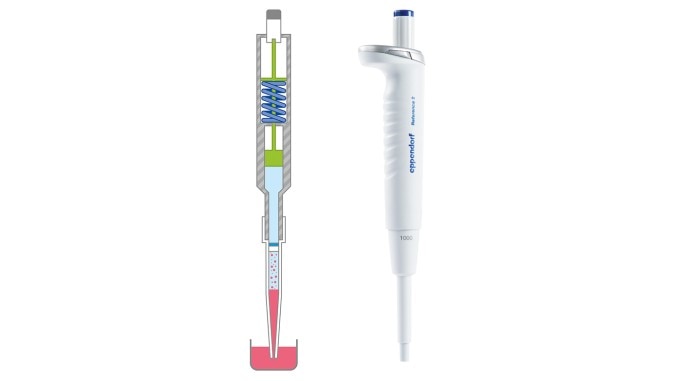
Read more
Read less
Read more
Read less

Read more
Read less
When Should You Use an Electronic Instrument?
The most important general benefits of using an electronic instrument are: better ergonomics by requiring almost no operating forces, a higher precision and reproducibility and an additional efficiency gain due to various operating modes (such as e.g. pipetting and dispensing with only one tool). Furthermore, electronic instruments are the basis for digital lab solutions supporting scientists with choosing settings for different liquid types, collaborating across the lab or documenting steps.

When Should You Think About an Automated Solution?
Automated liquid handling systems such as the epMotion family are ideal to take over routine and repetitive pipetting tasks that are commonly found in many molecular biological applications. They are ideally suited whenever complex processes need to be standardized, help to reduce the risk of manual pipetting errors, increase reproducibility and free up your valuable time for other tasks.
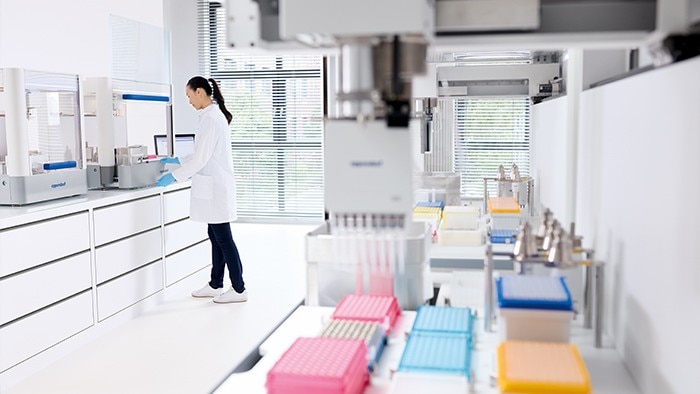
What About Liquids in the mL-Range?
In addition to micropipettes, Eppendorf also offers the Varipette , a large volume pipette, as well as multi-dispensers (Multipette) for (serial) dispensing of up to 50 mL.
Mechanical and electronic pipette controllers ( Pipet Helper , Easypet 3 ) for precise dispensing with serological pipettes (Eppendorf Serological Pipets) as well as bottle-top dispensers (Varispenser 2(x)) and burets (Top Buret) with a variety of adapters and accessories complete the portfolio in the mL
range.
